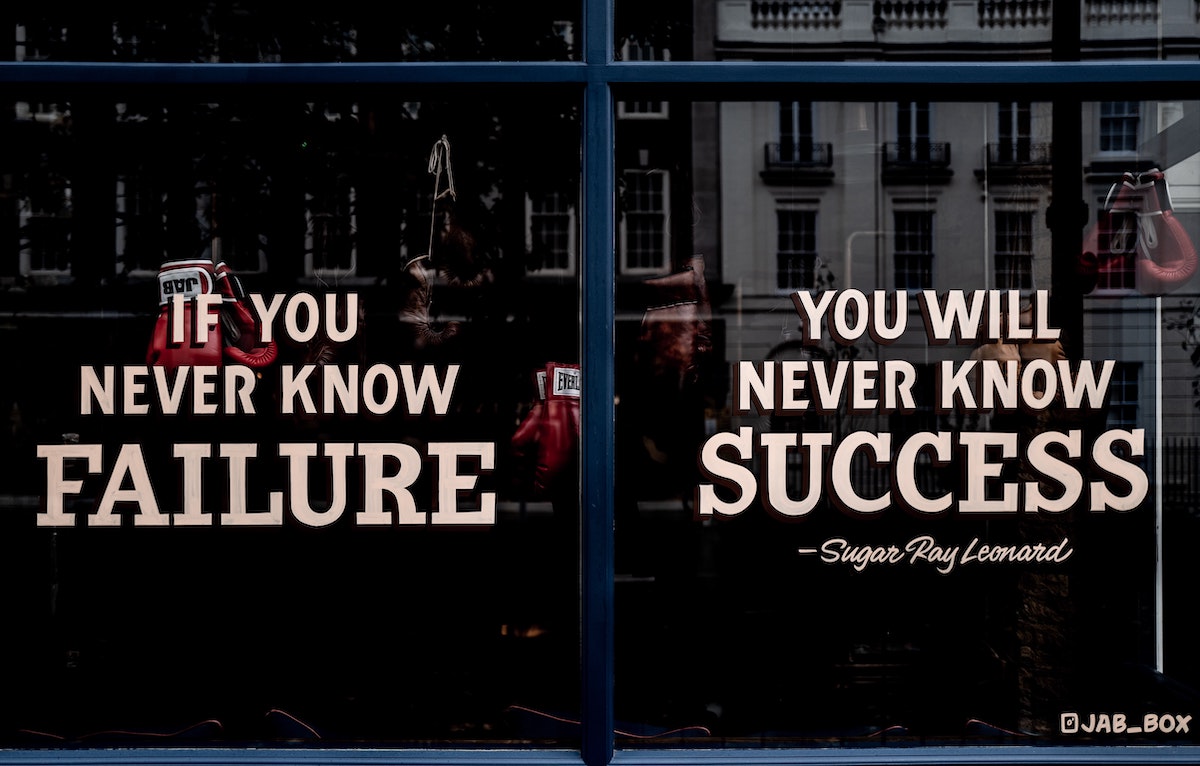What digital media’s biggest flops can teach us
The lesson: News business ideas are only as good as the audience research backing them up.

CNN+. Ozy. The Correspondent.
Their post-mortems uncovered many dramatic, even peculiar details, like a COO getting caught in an impersonation ruse and a pair of unscrupulous founders being accused of “betrayal.”
But idiosyncrasies aside, there’s a simpler explanation for these media flops, as well as many other failed startups in the news industry and beyond:
They didn’t understand their target audience, and as a result they built products that didn’t meet that audience’s needs.
CNN+ spent millions on staff and marketing only to shut down amid comparisons to Quibi. Ozy talked a big game about reaching millennials but never figured out what they actually wanted. And The Correspondent lined up plenty of big-name ambassadors but couldn’t get even 30 percent of its initial paying members to renew.
The irony is that many of the companies and leaders behind these failed efforts are no slouches in the mechanics of growing an audience.
CNN has built a global media empire, of course, and The Correspondent’s sister publication in The Netherlands has one of the most successful paid membership programs in Europe.
Even Ozy founder Carlos Watson can plausibly claim to be an expert in media growth, at least of the paid variety.
In other words, these businesses had access to the kind of audience development resources and talent that most news startups could only dream of – and yet they failed anyway.
The takeaway: No amount of marketing savvy, tech wizardry or personal charm can save a news business that doesn’t understand the audience it’s trying to serve.
That’s why we’ve decided to start our new content series at LION with a focus on knowing your audience and what they need from your news business.
We know that audience growth is a top priority from LION members, and our hypothesis is that learning how to execute a user survey or conduct interviews with subscribers is a foundational step in that process, paving the way for future growth tactics like referral campaigns and paid marketing to pay off.
To kick off this month’s focus on audience research, we talked with The Green Line founder Anita Li and WhereByUs co-founder Rebekah Monson about their lessons from the field. Hear that conversation in the season 2 debut of News Guest, our podcast offering practical advice about how to build a strong, more sustainable news business.
We’re also offering two opportunities this month exclusively for LION members:
- The beta version of our News Entrepreneur Academy includes a self-guided course on audience research and product design that will help you design and execute audience surveys and interviews – and act on what you learn.
- We’re hosting a LION member meetup later this month! Join us on Wednesday, August 31 for our Audience Growth Workshop: Know and Grow Your Audience. You’ll come away with clear next steps for how to apply user research methods to your work, and a template for an audience interview guide that you’ll draft alongside your fellow LION members.
Want to learn more about audience research? Sign up for the LION newsletter to get updates on this series, plus a curated list of the best audience development resources for independent publishers.
P.S. We’ll be talking about audience research and development (and a whole lot more!) at the Independent News Sustainability Summit in Austin this October. To join us, buy your early-bird ticket by August 19, and apply for a scholarship if you need help covering the cost of travel and lodging.
Sign up for the weekly newsletter
Join the LION mailing list to get our weekly roundup of opportunities and resources for news entrepreneurs. View our most recent issues.
Related Articles
LION members now have free access to new AI-powered tools from Rolli
These tools can help members track disinformation, find experts, meet deadlines, and more.
How our 2024 member survey is informing programming and benefits
We’re prioritizing more opportunities for members to network and learn.
10 things I’ve learned about independent publishing since launching Billy Penn in 2014
Some of the challenges LIONs face are the same, but the landscape looks very different a decade later.
